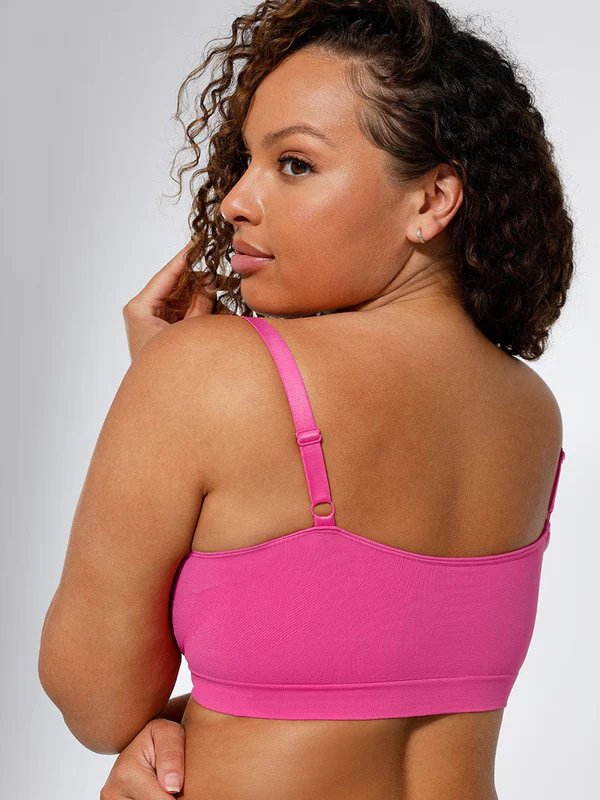In our quest for holistic well-being, we often find ourselves confronted with a multitude of fitness options. Among the most popular choices are Yoga and Pilates, both of which offer transformative benefits for the body and mind. But when it comes to deciding between these two ancient practices, which one stands out as the superior choice? In this comprehensive guide, we will delve deep into the world of Yoga and Pilates, comparing their origins, principles, techniques, health benefits, and much more to help you make an informed decision about which path to follow on your journey to enhanced well-being.
What is Yoga?
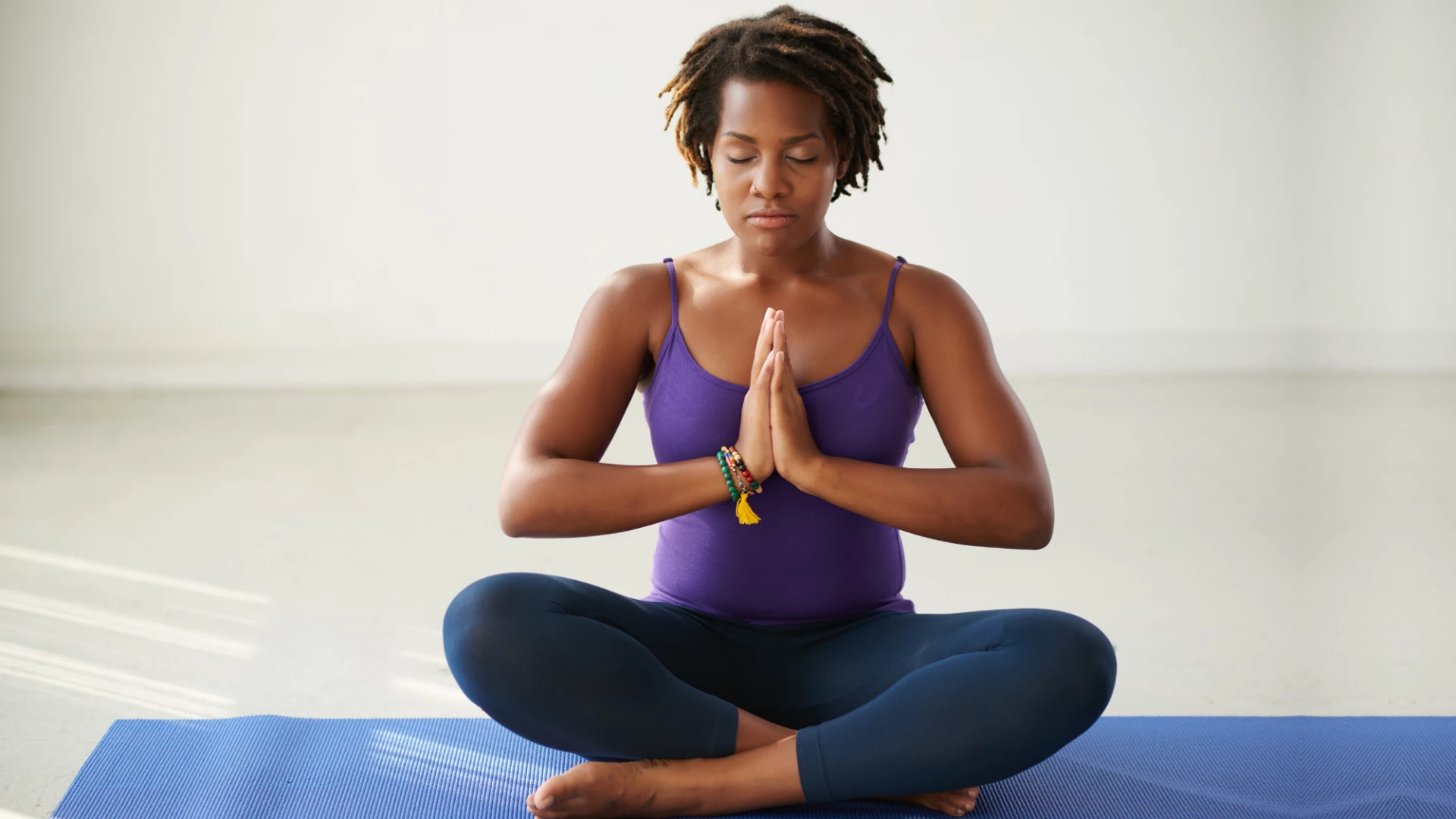
Yoga, an ancient spiritual practice originating in India, unites physical postures (asanas) with the art of breath control (pranayama) to foster a profound mind-body connection. Rooted in a history dating back 5,000 years and influenced by Buddhism, shamanism, and other Eastern philosophies, yoga embraces five core principles: conscious breathing, mindful nutrition, physical exercise, meditation, and effective relaxation. These principles work in harmony to enhance holistic well-being, encompassing spiritual, physical, and emotional dimensions.
Types of Yoga That You Should Know About
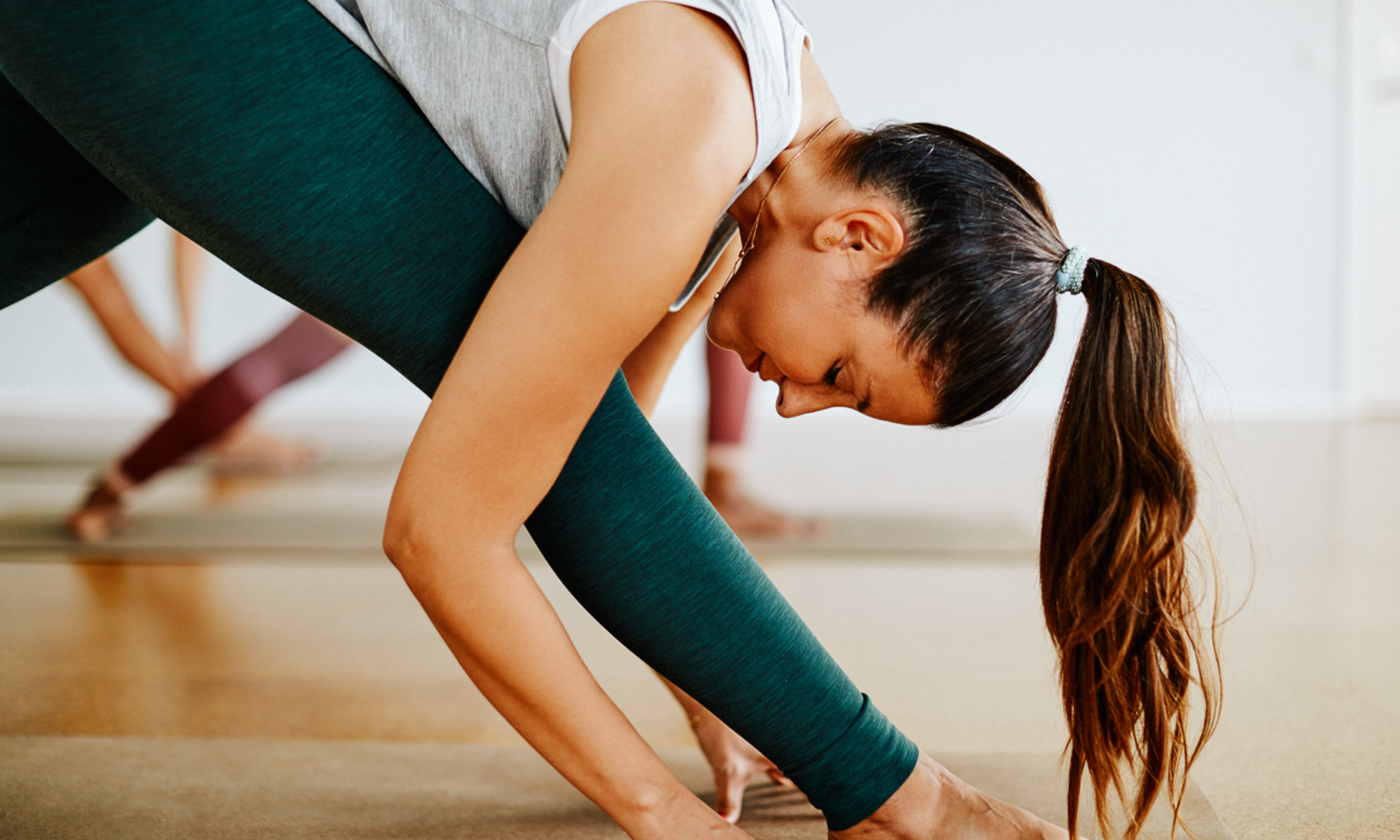
With a rich history spanning centuries, yoga has evolved into different styles and forms. Some of the most popular types of Yoga include:
Vinyasa Yoga: This dynamic style combines flowing, dance-like movements with synchronized breathwork, with poses held for shorter durations. Vinyasa yoga provides an excellent means to elevate heart rate and enhance flexibility.
Hatha Yoga: Known for its gentle nature, Hatha yoga involves slower transitions and brief pose holds, making it an ideal choice for beginners seeking a less rigorous practice.
Bikram Yoga: Bikram yoga is conducted in a heated room exceeding 100 degrees Fahrenheit, following a consistent sequence of poses across all studios. While the predictability of the routine aids familiarity, participants must ensure proper hydration during this sweat-inducing practice.
Yin Yoga: Focusing on seated postures held for extended periods, Yin yoga targets connective tissues around joints and deeper fascia layers. This style is commonly employed for rehabilitation and enhancing mobility.
Benefits of Yoga To Your Body and Mind

Yoga isn’t just about the physical poses or “asanas”; it’s a comprehensive practice that offers numerous benefits to both mind and body. Some of these include:
- Increased flexibility, strength, and balance
- Improved circulation and cardiovascular health
- Reduced stress, anxiety, and depression
- Enhanced focus, mental clarity, and concentration
What is Pilates?
:max_bytes(150000):strip_icc()/82301405-56b35cc13df78cdfa004c35a.jpg)
Pilates, originally known as Contrology, was created by Joseph Pilates in the early 20th century. It’s a gentle, low-impact exercise method that focuses on improving flexibility, posture, and balance while building strength in various parts of the body, like the abs, hips, glutes, and pelvic floor. What sets Pilates apart from yoga is its emphasis on continuous movement to challenge your core and stability. It begins with core stabilization and body awareness before progressing to different motion exercises, ensuring muscle development without excessive bulk. You can do Pilates with just a mat, but there are various equipment options like the Reformer machine, resistance bands, and more to enhance your practice.
Types of Pilates That You Can Try
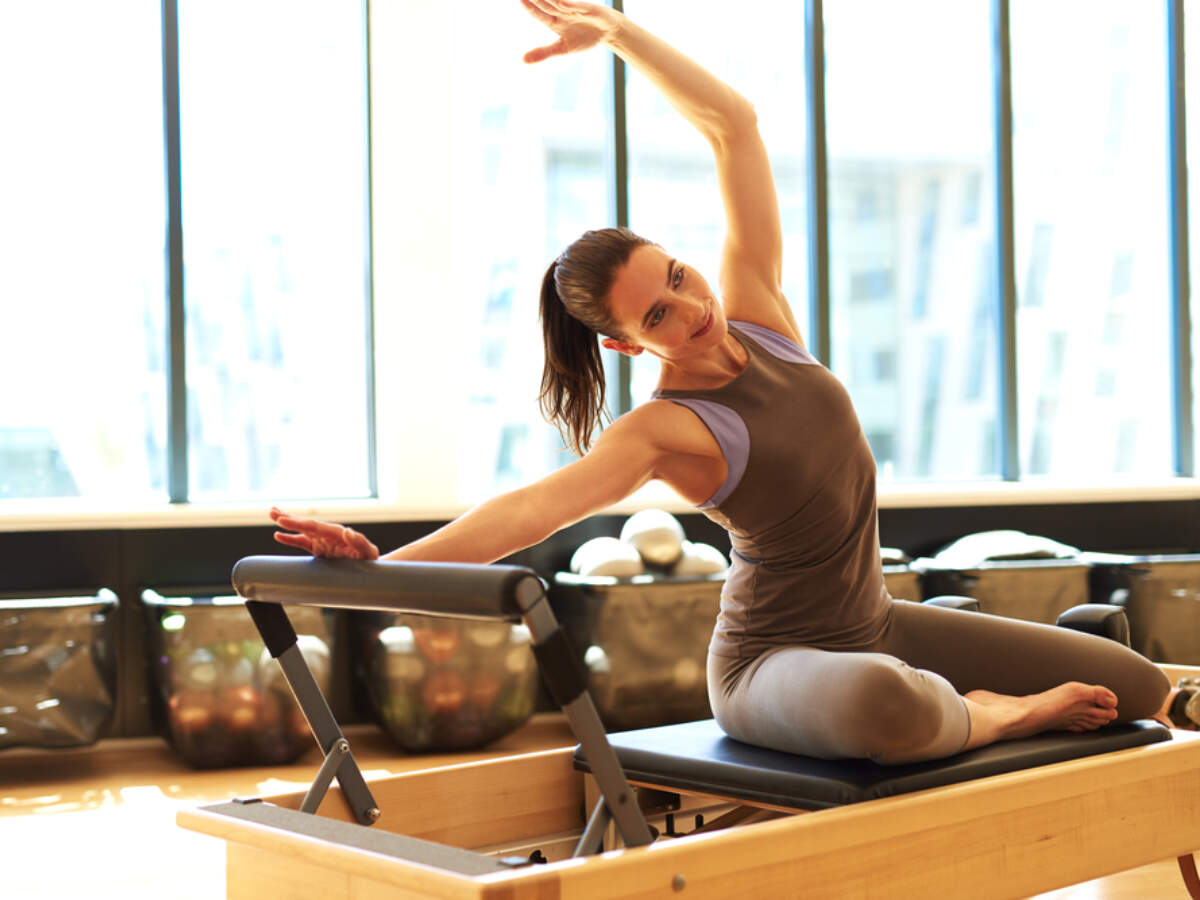
Here are some common types of Pilates that you can explore:
Classical Pilates: Classical Pilates adheres faithfully to Joseph Pilates’ original exercise regimen, seamlessly blending mat and equipment exercises into a structured sequence that offers a complete range of motion.
Reformer Pilates: Reformer Pilates centers around the use of the reformer machine, featuring a bed-like platform equipped with a sliding carriage and resistance mechanism. The machine’s springs can be adjusted to accommodate varying levels of resistance, making it suitable for individuals at different skill levels, whether they are beginners, intermediate, or advanced practitioners.
Contemporary Pilates: Contemporary Pilates represents a more modern adaptation, integrating contemporary exercises and current knowledge about the body. This approach involves modifying classical Pilates exercises to enhance practicality, utilizing various Pilates equipment, and permitting instructors to incorporate body weight, external resistance, choreography, and other fitness techniques, resulting in diverse class experiences based on the instructor’s training and style preferences.
Benefits of Pilates
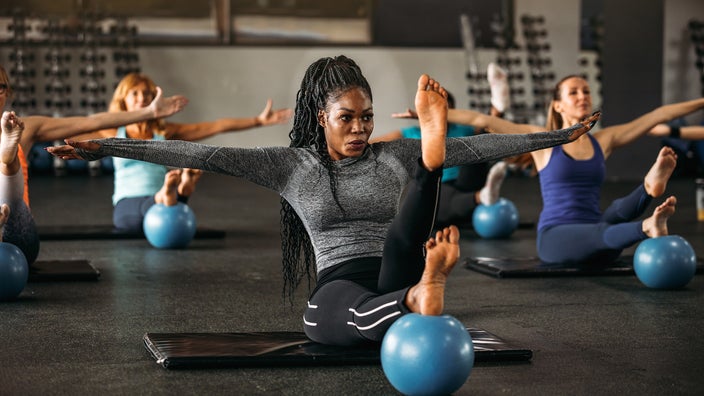
Aside from improving overall strength and flexibility, Pilates offers additional benefits that can enhance your physical and mental well-being:
- Improved posture to alleviate pain and tension
- Enhanced body awareness to improve balance and coordination
- Increased core strength for better stability and back support
- Reduced stress, anxiety, and fatigue through mindful movement and breathing techniques
- Improved athletic performance by targeting specific muscle groups for better coordination and control
Yoga vs. Pilates: Which is better?
The question of whether Yoga or Pilates is better depends on individual preferences, needs, and physical conditions. Yoga offers a wide range of styles, some of which may be challenging for those with limited flexibility or joint issues, while others are accessible and beneficial for people of all ages and conditions. Pilates, particularly equipment-based variations, can be gentle and effective for older adults and individuals recovering from injuries, but it can also be costly and require access to specific equipment. Ultimately, the choice between Yoga and Pilates should be based on personal goals, physical capabilities, and instructor guidance to ensure a safe and suitable fitness regimen.
Closing Thoughts
In conclusion, the choice between Pilates and yoga ultimately depends on your individual preferences, fitness goals, and mental well-being needs. While Pilates excels in core strengthening and can be less intimidating for some, yoga offers a deeper sense of mindfulness and spiritual unity. Both contribute to physical fitness and mental health, and they can even complement each other. Whether you opt for one or embrace both practices, the key is to get on the mat and reap the benefits for your body and mind without overthinking the decision.




